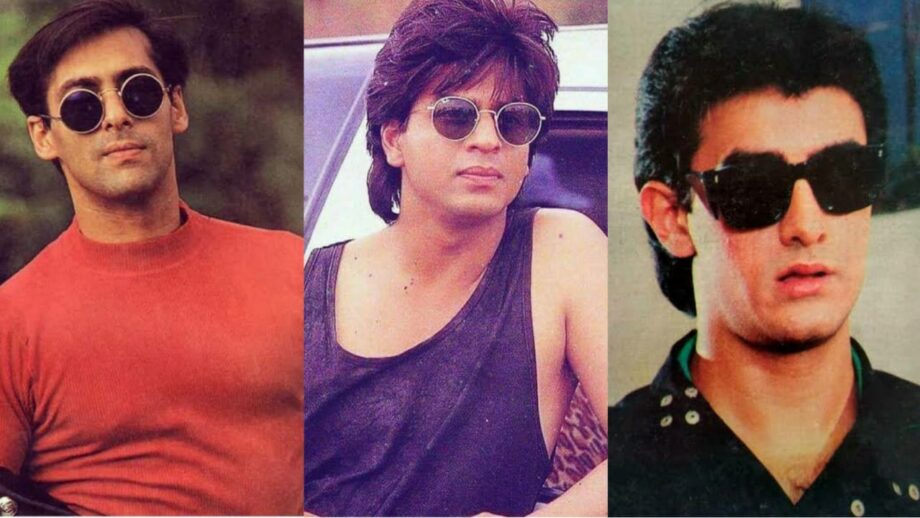The ’90s was the time when ‘art’ was still in its untarnished mould that not only calibrated a wide spectrum for the endeavouring artists in the showdown of showbiz but also ‘liberty’ to think and criticise. The complexities however faded away! Unfortunate, yet the bitter truth! We do not know how many of you know the authoritarian theory that envelopes cinema in volumes, but know that film has the power to make you unlearn the germinating hullabaloo that you have been programmed for. It therefore solely depends on the filmmaker on she/her wants to portray the facts and art in front of the consumers.
Whether what you call it – theatre, cinema, movie, montage – the propensity to aurally and structurally articulate our universe, opinions, and emotions has persisted in the most potent forms of language. As a by-product, whoever uses this gradient, brandishes tremendous bearing. And, as our culture progresses, our narratives must acclimatise to mirror that shift.
No, we aren’t saying that 90’s Bollywood was perfect in terms of culture, equality and more, but Bollywood yet had its ‘emerging’ shine back then. Which has gone missing; a painting ‘thanks’ to the unnecessary push of ‘content feeding’ to the audience that lacks integrity, liberty and an open mind to think. Even though 90’s Bollywood commercial films were a no-brainer they still had an ‘enfolding’ approach.
But what is even more painting is that Bollywood hasn’t evolved from the blast of the past in the last decade. The stardom disappeared, the shine got rustic, and now the newcomers trying to give a ‘silly’ push and uphold the content Bollywood created back then. In all the ‘art’ brouhaha, what the head honchos on the frontline are missing are the ‘layers’ of ‘art’ and its haunting evolution.
Recognising the layers of ‘art’
Artistic traits have morphed as a means of communicating convenience to folks in our continued existence. It isn’t difficult to envision how rhetoric could have been employed to disseminate worthwhile expertise that aided people cope.
Art must be passed onto the generation in forms of cultural evolution. Even though the definition of ‘art’ has been getting its drastic renewal over the decades, transitioning from pop culture to contemporary and more, art yet should be strategically setting people free of ‘guilt’, and cherish the ‘guilty pleasure’ that we like to concur in the process of art’s typification.
Picking up on the wrong pebbles
Most of the songs are either reprise of the old ones or ‘reel worthy’ hogwash; Ah! We have plenty on the list, and some of them we all collectively hate, “Aaj Janne Ki Zid Na Karo”, “Humma Humma”, “Dilbar”, “Cheez Badi”, “Ek Do Teen”, “Tip Tip Barsa Parni” and more. Films that are still busy painting on stories that are set up in the 90s and then miserably failing with poor ‘screenplay’, ‘dialogues’ and ‘dialects’, the very recent one ‘Govinda Naam Mera’ is an ideal too bad and hilariously good example of the same. Actors who did spectacularly grand in the 90 are still trying to give in visceral best to keep the charm going, not realising that the perspectives have changed and with OTT giving a diapason number of ‘unknown’ masterpieces from different corners of the world.
Another string that needs to be chopped off for immediate effect is the ‘Political invasion’. It should be kept away from ‘art’ as a whole, for then it helps the young minds to cater and disperse their bright bifurcates in the ‘artistry’ and its gamut. As the audience, we need to have our own conjectures to put up front. This ‘usse nahi pasand toh mujhe nahi pasand’ needs to get called off.
What needs to be done
We are changing over time every second; the universe is not identical to what it was a century ago, or even just a minute ago. However, our films don’t yet accurately depict that. Bollywood Cinema or music has not yet made the great leaps we’ve witnessed in other artistic modalities like dance, paintings and more. The way Bollywood has functioned does not precisely constitute the world in which contemporary Indians find themselves. The authority of cinema ultimately does not evaluate “power” in its literary sense. Instead, it offers a closer look at a set duration of the film, along with curriculum and concepts that necessitate and ought to receive a clean slate.
Regardless of whether we have diverse approaches to the essence of art guises, notably when it relates to “Cinema,” there is no refuting that art is a paramount cornerstone of every civilization on the planet. For countless aeons, people have been producing music, dancing, art pieces, schematics, and tales, and incorporating them all in dynamic ways.
Films are created to symbolise citizenry, illuminate the course of human existence, and reassure us that we are not alone. And our cinema must shift to reflect our realm, which is evolving.
Earlier than it’s too late.

